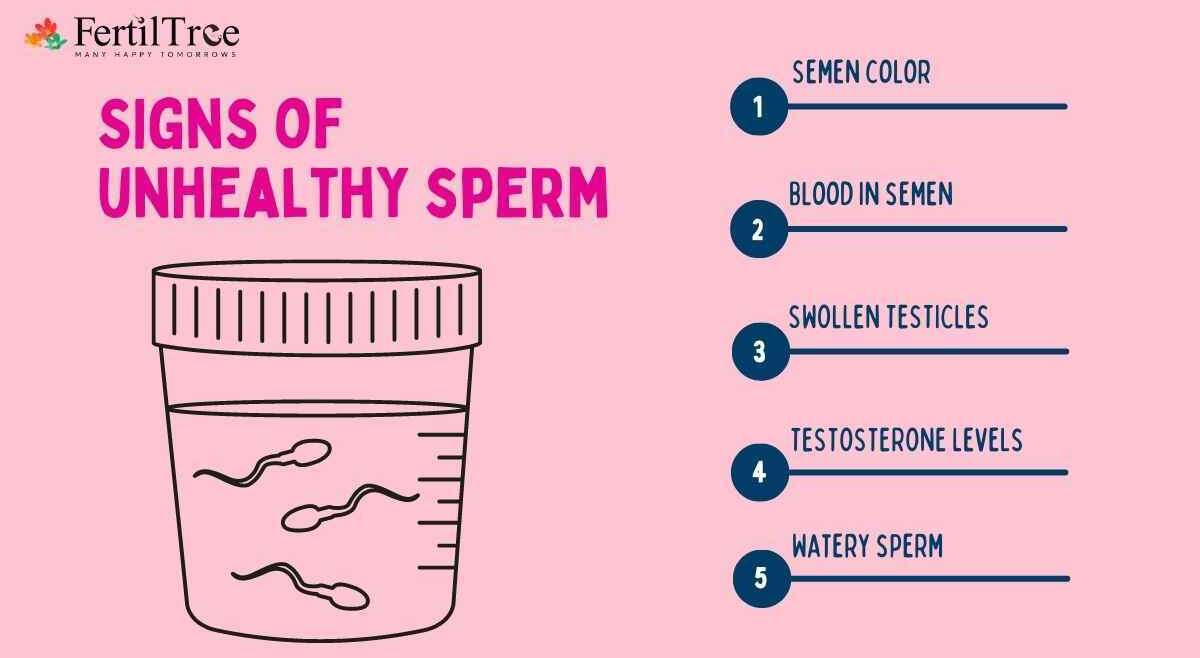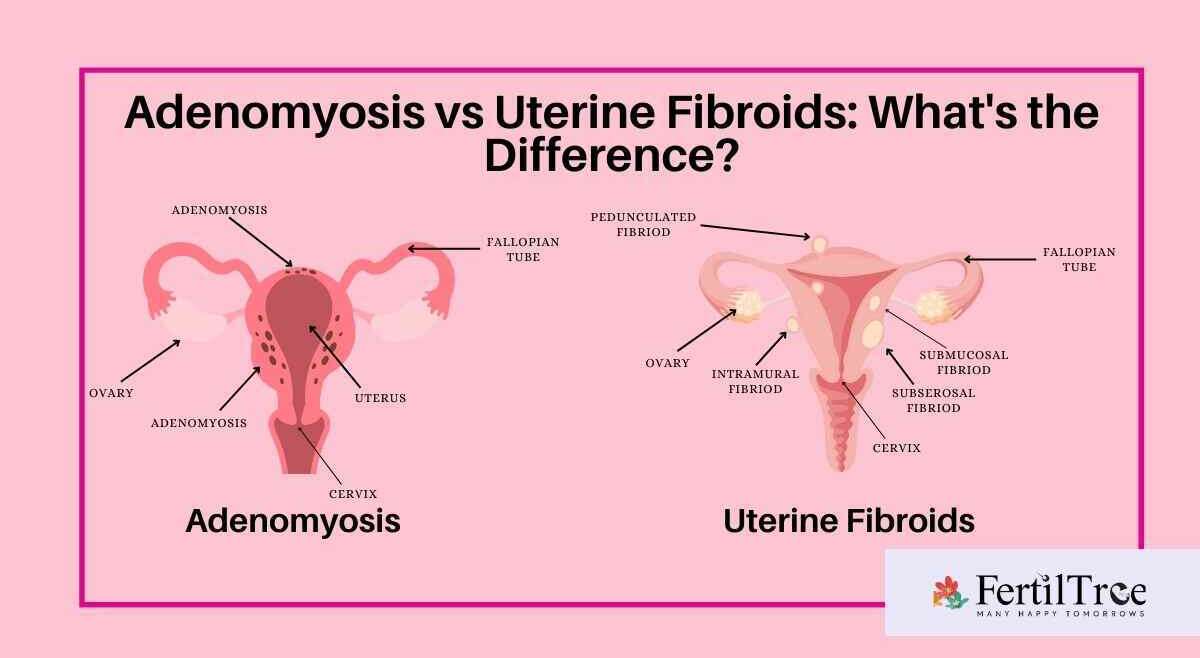Human chorionic gonadotropin (hCG) is a chemical produced by trophoblast (placental) tissue, which is present in early embryos and eventually becomes part of the placenta. hCG has many roles in pregnancy including – stimulating the ovaries to produce progesterone, triggers the body to create more estrogen, helps to thicken the lining of the uterus and tells your body to stop…











